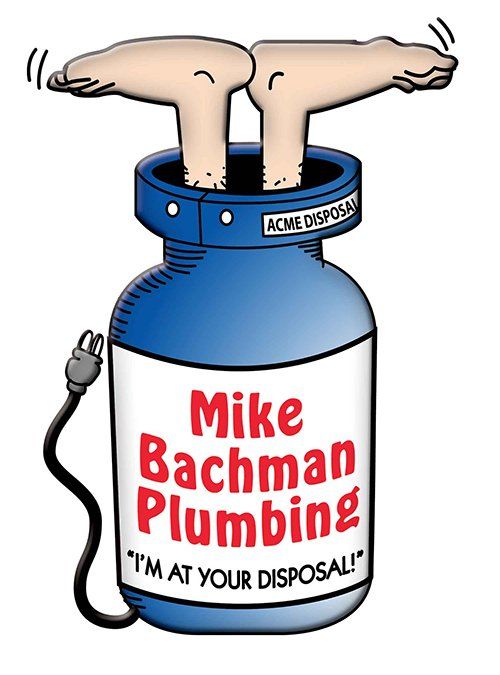Blog
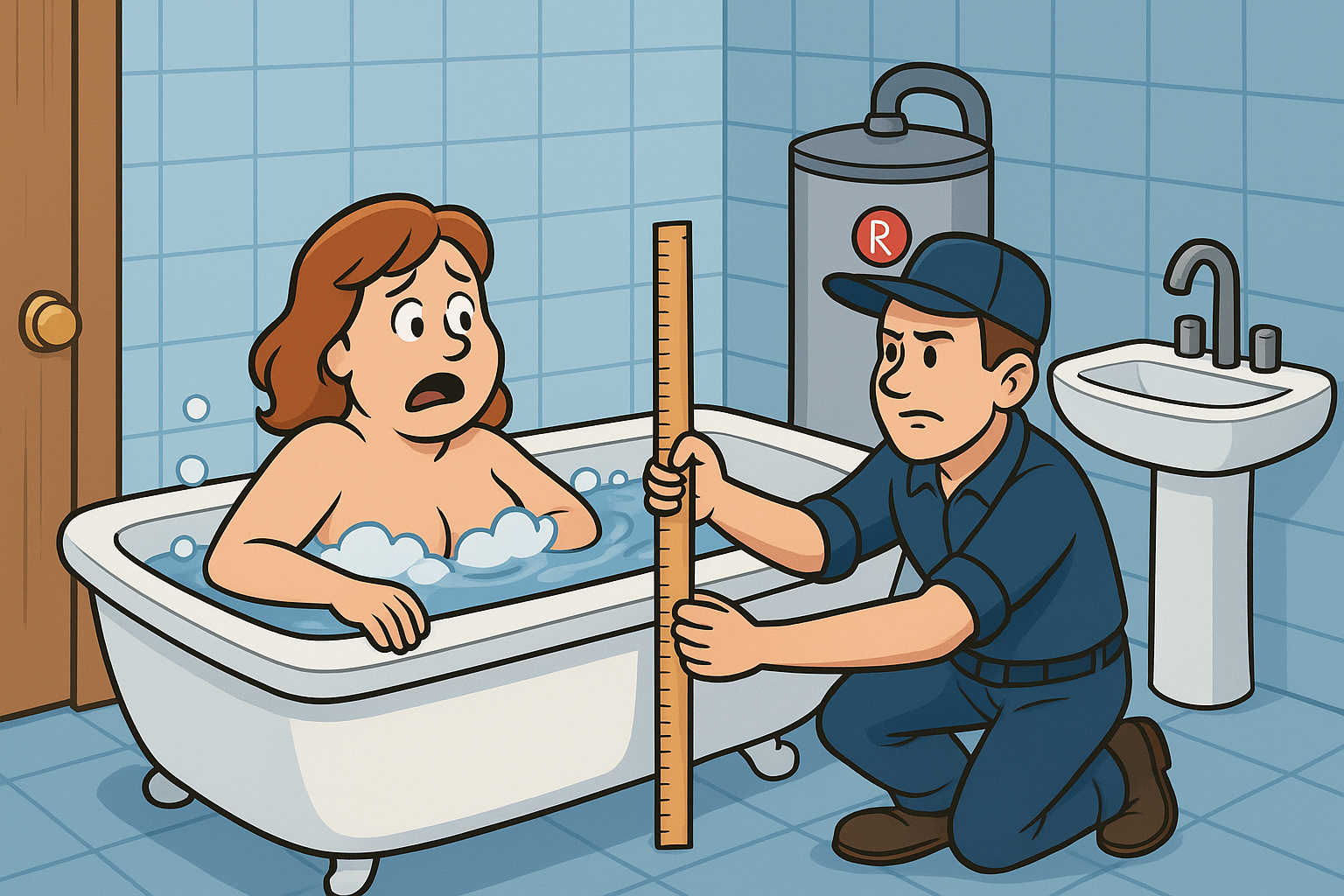
The Lady in the Tub We had just wrapped up a big bathroom remodel earlier that day — shiny new fixtures, a new toilet and a beautiful soaker tub that you could practically swim in. We even swapped out the old water heater for a new 50-gallon so the homeowner could fill that tub to the brim without ever running out of hot water. Everything looked great, the customer was happy, and we were feeling pretty good about ourselves. That night, I was just settling in at home when the phone rang. On the other end was a nervous young woman. “Mr. Bachman,” she said, “could you please come over? My mom needs your help… she’s stuck in the tub and can’t get out.” Now, I’ve heard some strange after-hours calls in my day, but this one took the cake. I calmly told her, “You should probably call 911 — they’ll be able to help her right away.” But she quickly replied, “My mom works at the hospital and knows all the emergency workers. She doesn’t want them to find out!” Well, that’s not exactly a plumbing problem, but we’ve always tried to go the extra mile for our customers — and this definitely qualified as “extra.” So we grabbed our gear, jumped in the truck, and took off. When we arrived, the daughter met us at the door and led us to the bathroom. She’d done her best to cover her mother with towels for modesty’s sake. That’s when I saw the situation: the poor woman was well and truly stuck — sitting in the tub, unable to move an inch. Turns out, after enjoying her first long, hot soak, she decided to drain the tub while she was still in it. She was a bit on the plump side and, well… she filled most of that tub by herself. As the water drained out, a perfect seal formed beneath her, and the suction pinned her down like a vacuum-packed roast. I tried a few things — gentle lifting, shifting, even a little soap around the edges — but nothing worked. Then, out of the corner of my eye, I spotted a wooden yardstick leaning against the wall. Inspiration struck. I slid that yardstick between her and the tub, wiggling and twisting it carefully until — SLURP! — the suction broke with a loud pop. She was free at last. I turned away quickly to give her privacy, made sure she was okay, and started heading for the door. Before I left, she called out, “Please… don’t tell anyone about this!” And we haven’t — well, not really. We only share it once in a while, and we always change the names to protect the innocent. True Story as told by Mike Bachman
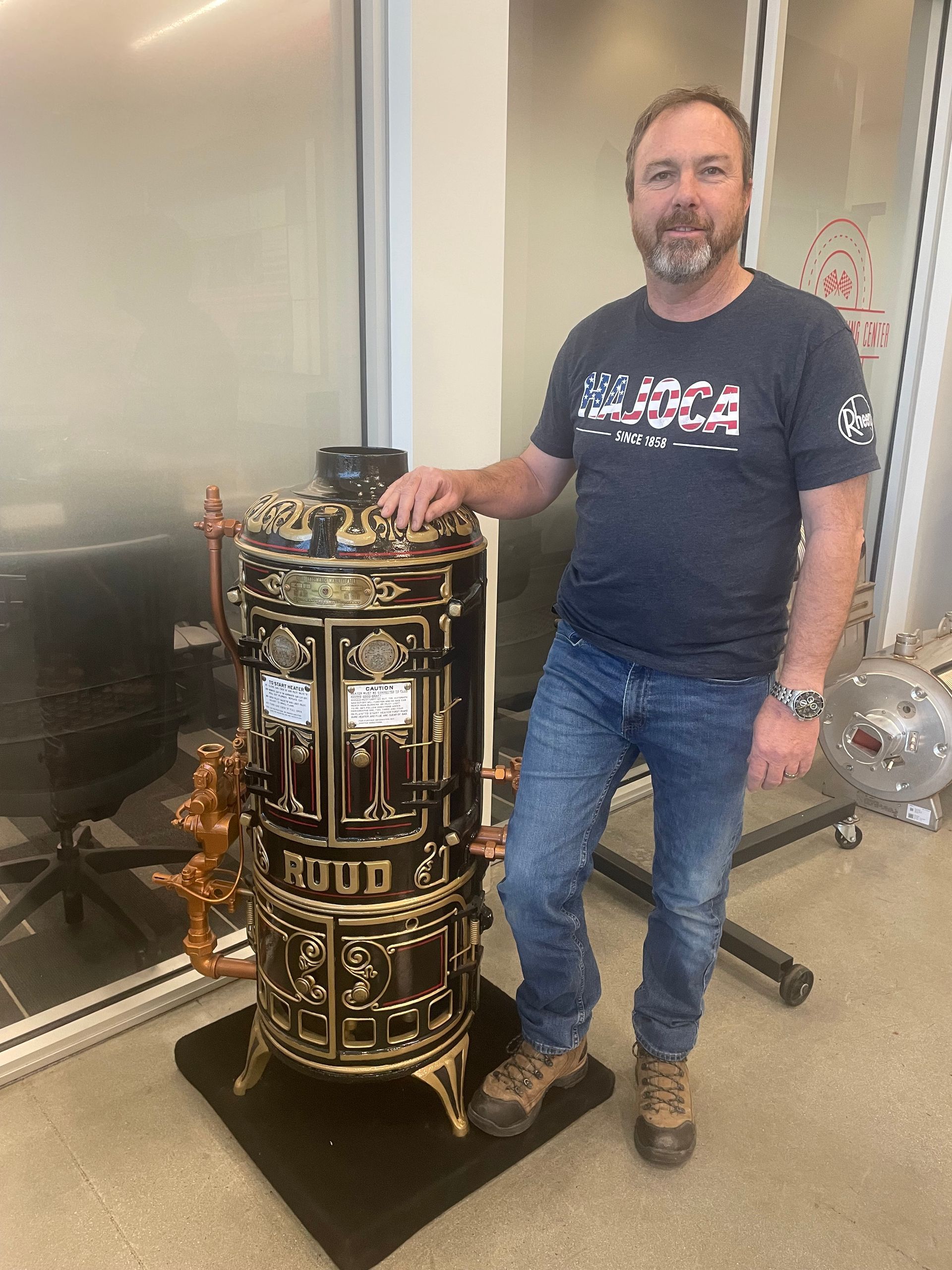
Water Heaters Come Full Circle Back in the 1880s, having hot water on demand was a luxury beyond imagination. Today, hot water flows almost instantly from every tap—and with modern tankless water heaters, we can have it endlessly. The story begins with Edwin Ruud, a Norwegian mechanical engineer living in America. In 1887, while working for George Westinghouse, Ruud invented the first automatic water heater. Ten years later, in 1897, he purchased the rights to his invention and founded his own company to manufacture water heaters. A 1920 Ruud advertisement captured the leap in convenience: "Light a fire under the water tank for the day’s use – that’s the old way. Simply turn any hot water faucet in the home any time – that’s the up-to-date way. With a Ruud there’s nothing to light, no tank to watch. A Ruud heats water as it flows through rust-proof copper coils without time limit or quantity limitation. Servants have no cause for complaint or delay: you and your family have hot water galore; the laundress gets all the hot water she wants- instantly- once you install a Ruud in your home." In fact, the first modern water heater was tankless . The original Ruud water heater was not the large storage tank we know today. It featured a cast iron outer shell with a copper coil inside, surrounding a burner that heated water as it flowed through the coil—delivering hot water directly to the home. Modern units heat water as it flows through copper or stainless-steel heat exchangers, providing endless hot water with energy efficiencies of up to 97%. Over the years, tankless systems have faced mixed opinions—especially in colder regions like Utah, where winter water temperatures can drop near 40°F. Early models sometimes struggled to meet whole-house demand. But today’s tankless technology has dramatically improved, offering higher efficiency, faster heating, and better reliability. From Ruud’s pioneering invention to today’s advanced systems, water heating has truly come full circle—faster, safer, and more efficient than ever. The future of hot water looks brighter (and hotter) than ever.
💧 A Lesson in Honest Plumbing Estimates We recently received a call from a commercial customer who was having trouble with a urinal in their men’s restroom. The urinal was plugged and not shutting off properly. Before calling us, the customer had contacted another plumbing company that advertised “We’ll clean any drain for $29” When that company arrived, instead of addressing the issue, they provided an estimate of $5,000 to replace the entire urinal and flush valve. The invoice didn’t mention anything about cleaning the drain, and there was no employee name or license information listed. The customer thought that seemed excessive — and we agree. Our licensed plumber inspected the problem and determined that the urinal needed to be pulled so we could cable the drain to clear the blockage, and that the flush valve simply needed repair — not replacement. Our total price for the job was $680, which included: Complete Sloan diaphragm assembly Diaphragm cap and handle kit New supply gasket and vacuum breaker Pulling and resetting the urinal with a new wall gasket Running a sewer cable to clear the drain We completed the repair on-site, and the customer was extremely happy with both the service and the fair price. 💬 A Word of Advice When you call someone to work at your home or business, don’t just accept the first quote you’re given — especially if the price seems unreasonable. You have every right to get another opinion. Also, always ask: Who is doing the work? Are they a licensed journeyman plumber? Unfortunately, some companies send unlicensed or untrained “technicians” who are paid on commission and use too-good-to-be-true offers (like a $29 drain cleaning) just to get in the door and upsell unnecessary work. Let’s be honest — in today’s world, with fast-food workers making $20 an hour, does it make sense that a plumbing company can send a licensed professional to your home and clean a drain for only $29? Probably not. If it sounds too good to be true, it usually is.

Above is some examples of handyman or DYI installs that could have or did cause some dangerous and expensive repairs. When facing plumbing issues, homeowners often debate between hiring a handyman or a licensed professional. Yes, I admit that a handyman is cheaper to use than a Licensed Plumber. While handyman may offer lower rates, it’s crucial to weigh the risks involved. Does that person really know what they are doing? Do they know the codes and laws? Are they using the right parts? Are they insured? Over the years we have seen countless instances where someone hired a handyman or did the work themselves and ended up paying a whole lot more in repairing damages caused by improper installations and faulty material. I have seen floods, fires caused by improper installations, also drains that after the bathroom was finished didn’t work and everything had to be completely redone. We have seen damage to structural components that caused the house to be condemned and in one instance a family to lose a child because of the improper installation of a water heater. While hiring a handyman may be less expensive than engaging a licensed plumber. Licensed professionals are trained, insured, and knowledgeable about relevant codes and regulations, ensuring proper installation and safety. In contrast, unqualified work can lead to costly repairs, property damage, and even serious safety hazards, investing in a licensed professional provides peace of mind and reliable support should any issues arise. Handyman can be helpful for minor repairs or chores around the house but when it comes to things that are essential to our everyday wellbeing like flowing water, draining sewers, and heating or lighting the home, it may be best to use a licensed professional .
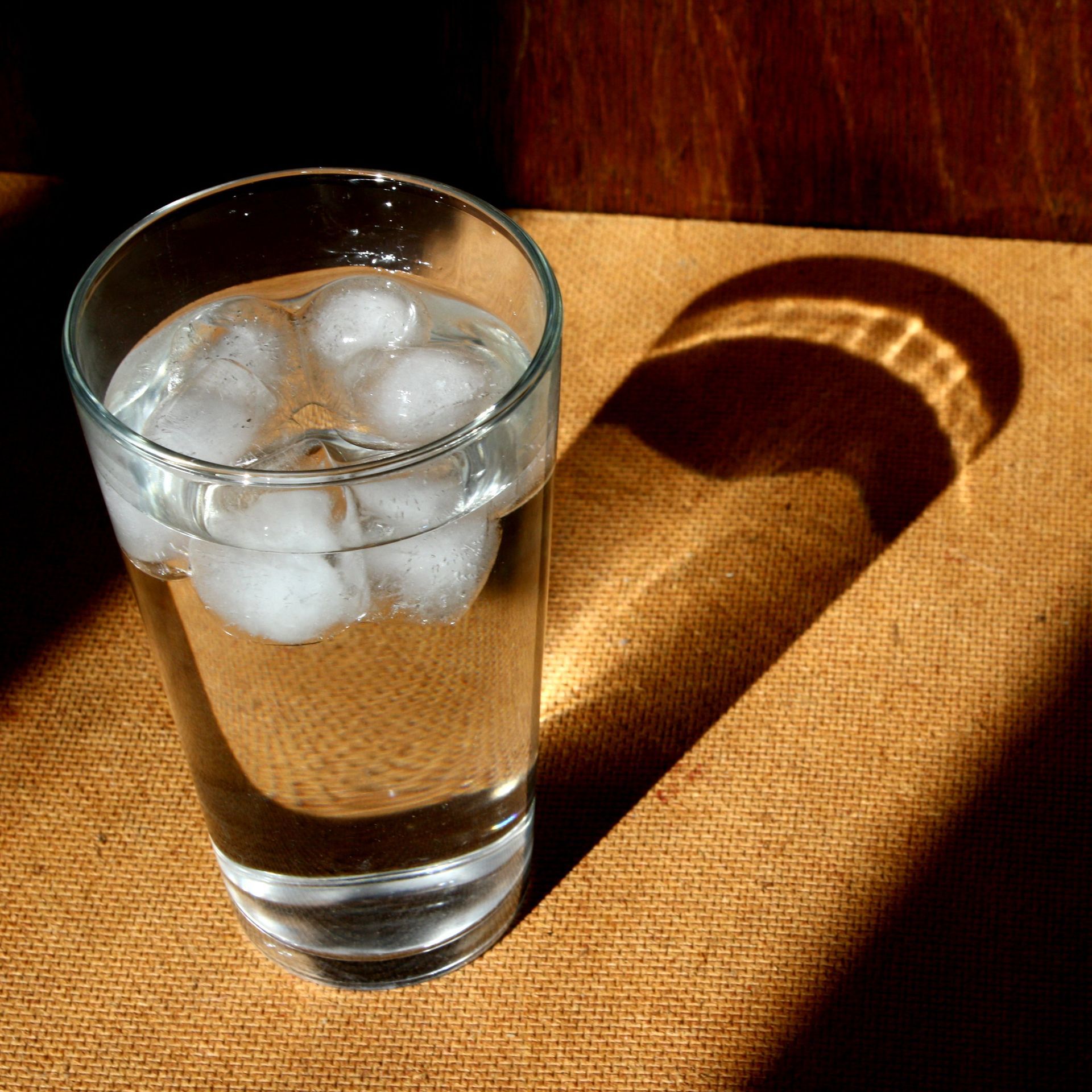
I’m Drinking What? Throughout the world, drinking water quality is becoming a huge issue. Increased demand for water is affecting not only our main sources of water but also the abundance of contaminants in that water. Municipality-treated water that meets all federal standards can contain chlorine, pharmaceuticals, lead, arsenic, bacteria, viruses, protozoa, and much more. Even private well water can be affected by numerous contaminants like heavy metals, sediments, and pesticides. It is clear that whether you are relying on city water or well water, a point-of-use or in-home water filtration system is becoming a necessity. 30 years ago, if you tried to sell a bottle of water people would have looked at you like you were crazy. “Water is free from the faucet!” Fast forward to today and bottled water is the top selling package drink in the industry. Topping $47 Billion in sales in the USA in 2024. Surpassing carbonated soft drinks for many years. Did you Know? The water you drink from the tap has been consumed by someone else at least 10 times before it has gotten to you and will be consumed many more times in the future. The water on Earth today is the same water that has been here for nearly five billion years, meaning you are also drinking the same water dinosaur used. Water is recycled by nature and by facilities over and over again. Drinking water today. Drinking water today contains a range of substances, from necessary disinfectants like chlorine to potentially harmful contaminants such as lead, arsenic, microorganisms, and PFAS ("forever chemicals"), along with disinfection byproducts and natural inorganic compounds like fluoride. These contaminants can come from natural sources, mining, agricultural runoff, industrial processes, and aging water infrastructure. Common Contaminants • Microorganisms: Harmful bacteria and viruses, such as E. coli, Giardia, and Legionella, can be present, often originating from fecal waste or natural sources. Inorganic Contaminants: • Arsenic, Fluoride, Lead, and Copper: Naturally occurring or from industrial processes, these can cause health issues ranging from neurological disorders to dental problems. • Nitrate and Nitrite: Common in groundwater and fertilizers, these can pose risks to infants and are linked to health issues. Chemical Contaminants : • Per- and Polyfluoroalkyl Substances (PFAS): These "forever chemicals," used in many products, can leach into water sources and build up in the body, posing risks for immune suppression, various cancers, and developmental problems. • Disinfection Byproducts (DBPs): Chlorine, used to disinfect water, can form harmful DBPs like chloroform, which are linked to cancer and reproductive health issues. Sources of Contaminants: • Natural Sources: Many inorganic compounds are naturally present in water sources. • Human & Animal Waste: Fecal matter can introduce disease-causing pathogens and bacteria like E. coli into water systems. • Agricultural Runoff : Fertilizers contribute nitrates to water. • Industrial & Mining Processes : Release various chemicals, including PFAS and heavy metals, into the environment. • Wastewater: Inadequately treated wastewater can contain pharmaceuticals, personal care products, and other "contaminants of emerging concern" (CECs). • Aging Infrastructure: Lead can leach from pipes and plumbing components in older water systems. • Disinfection: The process of disinfecting water with chlorine or chloramine can create disinfection byproducts. What You Can Do • Filter your wate r: A simple carbon filter can remove many contaminants, including disinfection byproducts and PFAS. • Check local reports: Obtain and review your community's annual water quality report, which details detected contaminants and their levels. What type of Filter do I need? Deciding what type of filter you need depends on different factors. • What type of water do you have, City or Well? • What do you want to remove? • Whole home or single use? Types of filters. Whole home filters: • Sediment only filters • Carbon filters • Good- level 1 whole home filter- Chlorine, Pesticides, Herbicides, Tastes & Odors • Better- level 2 whole home filter- Chloramine, Chlorine, Pesticides, Herbicides, Tastes & Odors • Best- level 3 whole home filter- Lead, PFAS, Chloramine, Chlorine, Pesticides, Herbicides, Tastes & Odors Conditioners Softeners Reverse Osmosis U.V lights There are many types of filters and treatment processes. For more information contact a licensed plumber in your area to decide which system will work best for you. Mike Bachman Plumbing would love to help you. Give us a call, text or email and we will get right back to you.
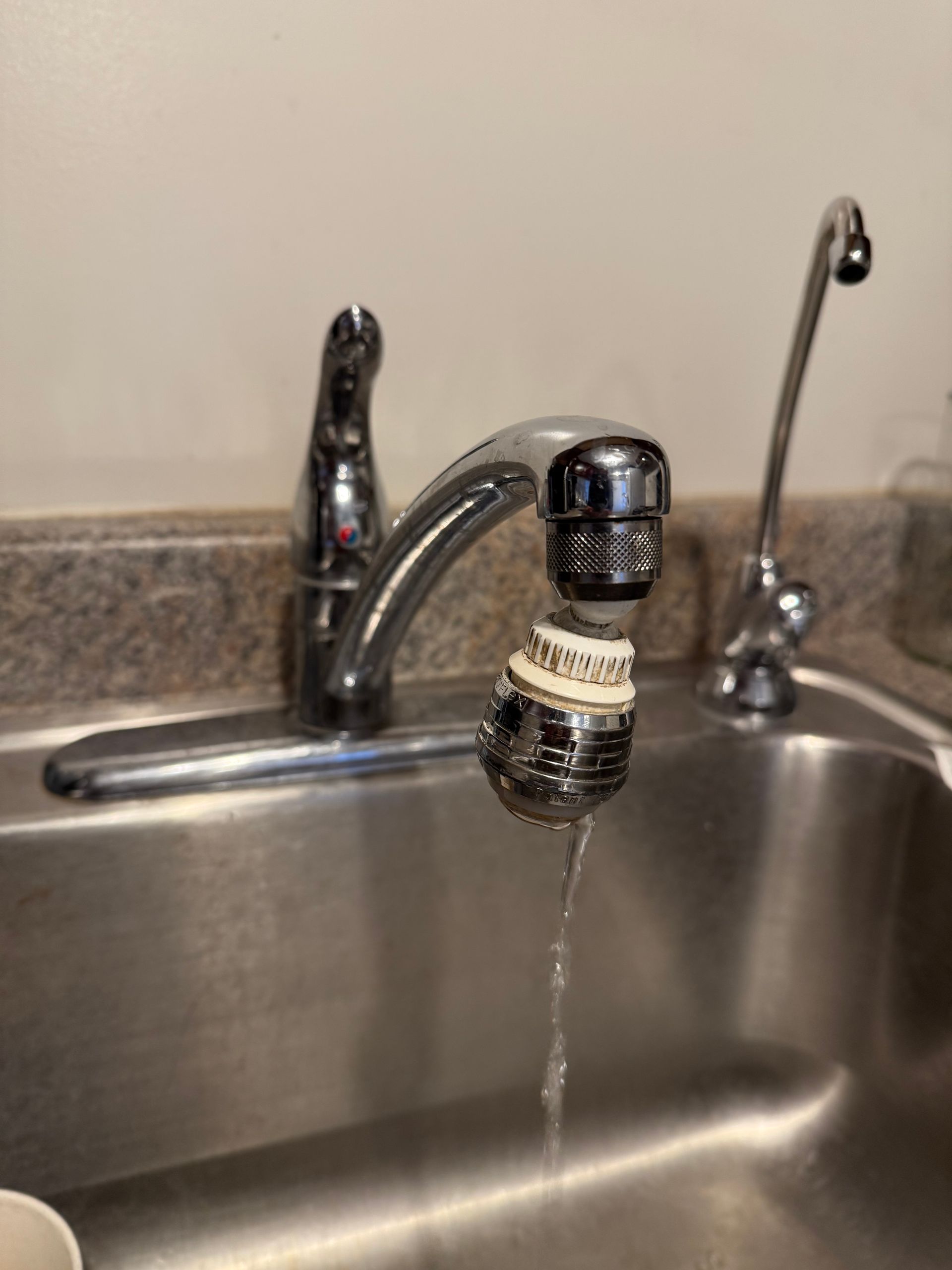
Repair VS Replace You have a Plumbing problem, and you need to decide whether to repair or replace it. This can be a costly decision either way. The trend in today’s all-in-one plumbing, electrical, and Heating companies’ environment is to just try to sell you a new item instead of repairing your old one. This may be needed but it’s not always true. Before you just allow someone to sell you something you should consider a few things. Repair: When deciding to repair an item there are things you should look at before making the repair choice. 1. How old is the item and have you repaired the item before? If you have repaired the item in the past, how long ago was the repair? Is the item just wearing out? Is something else causing the item to fail prematurely? There are things that can cause an item to leak and/or fail prematurely. • Water temperature, Temperatures above 120 degrees can soften rubber and make gaskets and washers fail. • Pressure, Water pressure above75psi can cause stress on washers, O-rings and ceramic seals and cause leaks. • Hard water. Calcium and magnesium found in hard water can cause wear and tear, along with corrosion which can cause premature failure of an item. 2. What condition is the item in beyond the repair? Does the item in question have other signs of failure? Would repairing the item just prolong the inevitable and eventually cost more? 3. Cost of the repair vs cost or replacement? Is the cost of the repair equal to or greater than just replacing the item? 4. Do you just want a change? Are you happy with the way the item looks? Do you want to update or upgrade the item to enhance the look of the room it is in? Replacement: When deciding to replace an item you should consider. 1. How often is the item used? This helps you decide on the quality of the item needed, if often used a higher quality unit will last longer and do a better job. 2. What style are you looking for? Shape, color, functionality are things to consider when making a purchase. 3. Cost of the unit. What does your budget allow ? Are you willing to use financing? Professional Advice: I would recommend paying attention to the three items I mentioned earlier. Water temperature, pressure, and hardness. These things can even cause a new item to fail. You want to fix the cause of the problem not just put a bandage on it. You do not want or need to have a plumber return to your home because the root of the problem was not addressed and the item fails again. Repairing these issues can save time and money. • Sometimes purchasing the cheapest option ends up costing more. • Make sure you use a reputable plumber that stands behind their work. • Make sure the company you are using sends a licensed plumber not just a technician. • Purchasing the item through your plumber can also help with the warranty. Plumbing companies will stand behind products purchased through them. If you purchase through a home center or the internet you as the homeowner will need to work through the place of purchase for any warranty work. It seems that some companies’ main priority is to sell you something new instead of fixing the old item. If they seem pushy or it just does not feel right, it is ok to get another opinion before you commit to it. Remember it is your home, and you should be the one making the decisions for it.
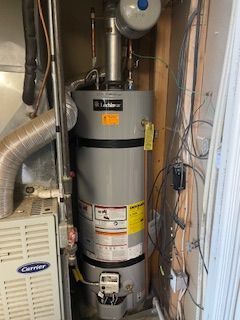
A Straightforward Answer To What A Water Heater Costs. How much do you charge for a water heater? This may seem like an easy question to answer, yet it’s almost impossible to get a company to provide a price over the phone. Most will tell you they can’t give a quote because each installation is different and requires seeing the job beforehand. While that is sometimes true, the reality is that most water heaters fall within the parameters of a standard installation. My plumbers all have a price book, and the majority of jobs fit those guidelines. So why can’t I give you a price over the phone? The truth is—I can. The first thing you need to know is that plumbing products, such as water heaters, are like cars, appliances, or furniture: there are different options, parts, and accessories. The cost of a water heater is not the same as the price of the heater itself. When you look online or at a home center website, you are only seeing the cost of the unit—not everything required to install it. If I quote a price over the phone, people often compare it to a much lower number they saw online, which creates confusion. Why is the plumber’s cost so much more? The answer is that when you hire a plumber, you pay not only for the heater but also for everything that comes with it: the accessories, the installation, and the assurance that it is set up safely and properly. There is more to the job than just the unit and labor. _______________________________________________________________________________________ Example: 40-Gallon Water Heater Installation Professional Grade 40-gallon Ultra Low Nox water heater: $1,374.64 Water connections (water flex or dielectric unions): $51.60 Gas connections (gas flex or pipe and fittings): $23.65 Vent connections: $34.53 Earthquake straps: $30.31 Thermal expansion tank and fittings: $63.41 Floor and ceiling saver pan. $51.75 Water alarm: $49.91 T&P valve drainpipe: $9.90 Haul-off and disposal of old unit: $100 Red carpet home protection (products to protect your home) $ 40 Total for parts: $1,829.70 Labor: $828 Total cost for job: $2,657.70 _______________________________________________________________________________________ Why Our Prices Differ from Online Prices? Now you can see what goes into our pricing and why it differs from what you find online. There are several reasons why prices vary, but the most important is the quality of the products themselves. Manufacturers make different heaters for different markets. They produce commercial-grade heaters, professional-grade heaters, and retail-grade heaters , each with varying levels of quality and durability. They also market them under multiple brand names. Major U.S. Water Heater Manufacturers There are three main manufacturers of water heaters in the United States: A.O. Smith, Rheem, and Bradford White. A.O. Smith manufactures under multiple brands, including A.O. Smith, State, American, Lochinvar, Reliance, Takagi, and Whirlpool. Rheem produces heaters under the names Rheem, Ruud, and GE. Bradford White produces heaters under Bradford White and Laars. The heaters sold at home centers may look nearly identical to professional-grade models but are not built to the same specifications. For example, home center units often use lower-cost components, such as plastic drain valves instead of brass and smaller aluminum anode rods instead of a larger magnesium anode rod that comes in a professional water heater. Warranty Differences One of the biggest differences for consumers is the warranty. Professional-grade heaters : come with a 6-year tank warranty*, 6-year parts warranty*, and 1-year labor warranty directly from the manufacturer. Home center heaters : Come with what looks like a 6-year warranty* but when looked at closely it is a prorated warranty that must be handled through the store rather than the manufacturer. These units often carry a sticker stating: “Stop. Do not return this product to the place of purchase.” Instead, you must call a support line, which directs you to a call center—not the manufacturer’s warranty support. *(Warranties come in 6, 10, and 12 years.) This means that when something goes wrong, the homeowner must work through the store. When we, as plumbers, try to get parts or provide warranty service for these retail-grade heaters, the manufacturer tells us that the homeowner must go back to the retailer. _______________________________________________________________________________________ The Cost of Labor The cost of labor is another key factor. Professional plumbers charge different rates depending on their business structure, but labor costs are more than just the time spent in your home installing the unit. Labor costs include: Marketing expenses Staff for answering phones and scheduling work Warehouse overhead, licensing, taxes, and insurance Vehicle expenses, including fuel and insurance. Wear and tear on tools and equipment costs In addition, there is time spent: Picking up the product Driving to your home Removing the old water heater Installing the new heater Hauling away and disposing of the old unit All these elements are built into the labor charge. As a consumer, you are paying not only for the plumber’s time but also for peace of mind, knowing the work is being done correctly and safely. _______________________________________________________________________________________ Final Thoughts When you purchase a water heater from a plumber, you’re not just buying the unit you’re investing in a complete service that includes the heater, all required parts, professional installation, warranty support, and proper disposal of your old system. We are happy to share our prices with you and will gladly answer your questions by email, phone, or in person. If you would like to email us a picture and information about your water heater and the surrounding area, we can often provide a more accurate estimate without needing to visit your home. 📧 Please send emails to: Vic@mikebachmanplumbing.com Please include: · A picture of the heater and surrounding area. · A picture of the rating plate I will review your information and get back to you as soon as possible.
